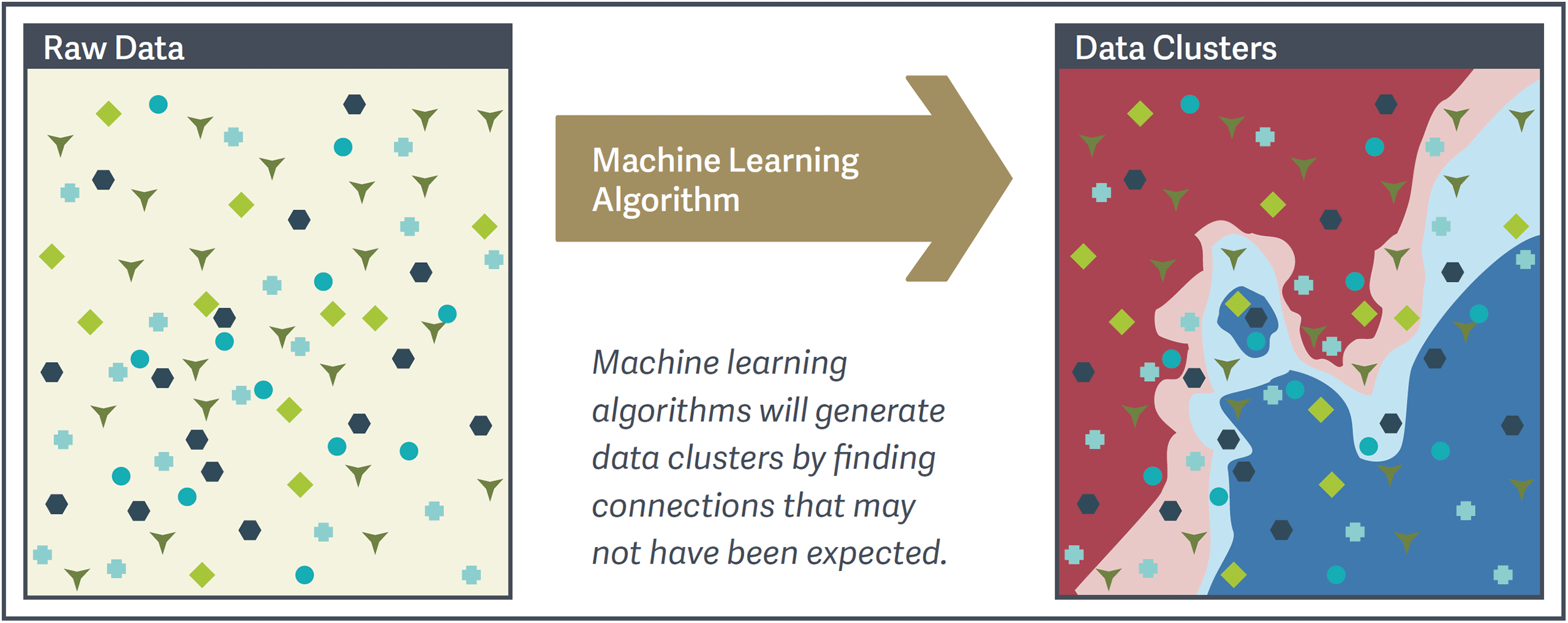Machine Learning & AI
Through our deployment of machine learning and generative AI methods, we can streamline costly manual processes and analytic tasks. The primary objective of these tasks, whether they involve classification, identifying patterns, or relating various inputs to expected outcomes, is to improve our ability to accurately and reliably analyze and understand out-of-sample data. Training enables these algorithms to learn highly complex and intricate relationships in high-dimensional data, rather than pre-imposing assumptions on how inputs and outcomes are related.
Analysis Group’s advanced data science methods enable more sophisticated text and data processing, precise knowledge extraction, and dynamic content generation, all of which can provide actionable insights in efficient ways for our clients across diverse industries.







